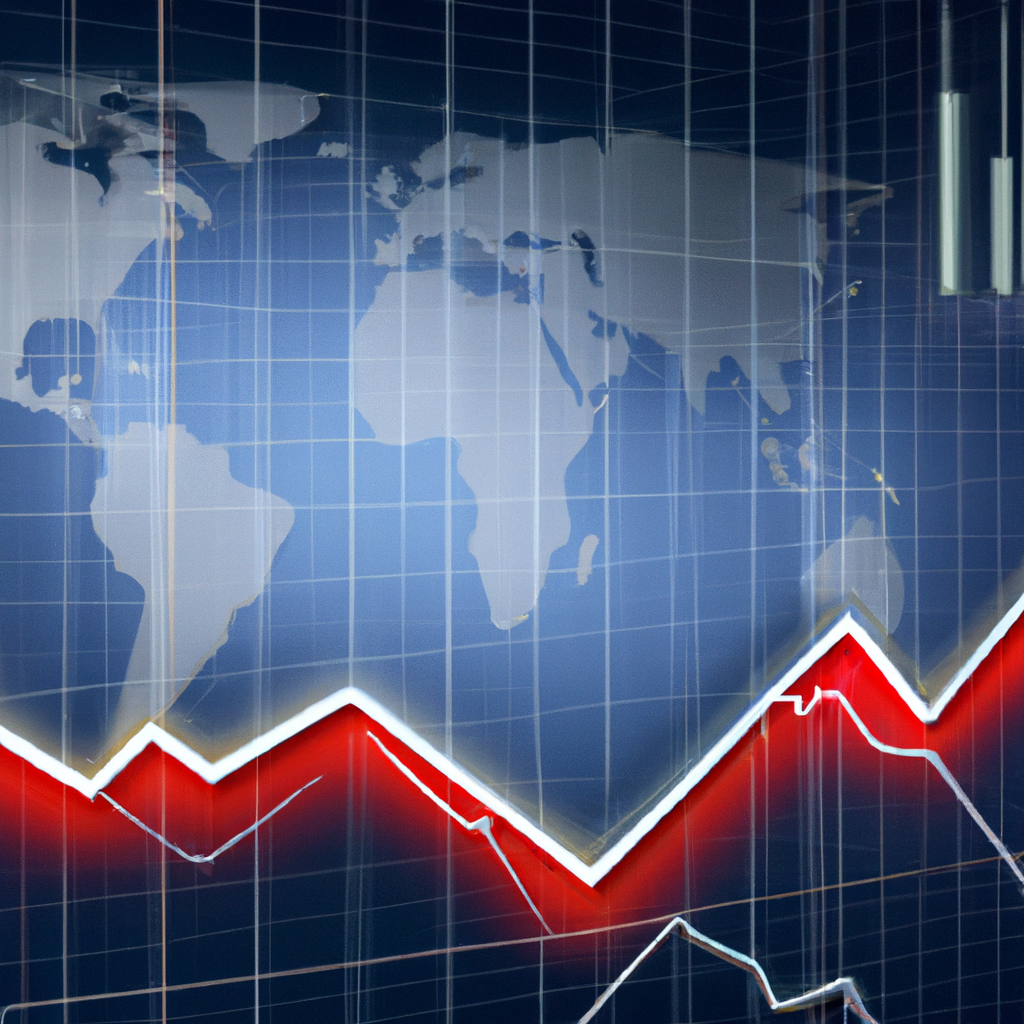In an era characterized by economic volatility and market unpredictability, the trajectory of commodity prices has become a focal point for investors, policymakers, and everyday consumers alike. Whether it's the price of crude oil, agricultural products, or precious metals, the fluctuations in commodity markets have far-reaching implications that extend beyond mere numbers on a chart. Amidst the backdrop of global supply chain disruptions, geopolitical tensions, and post-pandemic economic recovery, the pressing question remains: Will commodities continue to rise? This article delves into the multifaceted factors driving commodity prices, explores expert predictions, and examines the potential impacts on various sectors of the economy. Through a comprehensive analysis, we aim to provide a nuanced perspective on the future of commodities in an increasingly interconnected world.
Sure, here's a comprehensive content outline for an article on the topic "Will Commodities Continue to Rise":
“`html
<section>
<p>The commodities market has always been a focal point for investors, economists, and policy-makers. In recent times, the question on everyone's mind is whether commodities will continue to rise. Several factors come into play when analyzing the future trajectory of commodity prices.</p>
<h2>Global Economic Recovery</h2>
<p>As the world recovers from the economic disruptions caused by the COVID-19 pandemic, demand for raw materials and commodities is on the rise. Industrial activity is ramping up, and consumer spending is increasing, both of which are driving up demand for commodities such as oil, metals, and agricultural products.</p>
<h2>Inflation and Currency Dynamics</h2>
<p>Inflation is another critical factor influencing commodity prices. Historically, commodities have been viewed as a hedge against inflation. As inflation rates rise, the value of currencies tends to decrease, making commodities more attractive as a store of value. Central banks' monetary policies, including interest rate adjustments, also play a significant role in this dynamic.</p>
<h2>Supply Chain Constraints</h2>
<p>The pandemic has exposed vulnerabilities in global supply chains. Disruptions in transportation, labor shortages, and geopolitical tensions have all contributed to supply constraints. When supply is limited and demand remains strong, prices naturally tend to rise. This is especially true for commodities with inelastic supply curves, such as certain metals and agricultural products.</p>
<h2>Technological Advancements</h2>
<p>Technological advancements and innovations can also impact commodity prices. For example, the development of renewable energy sources and electric vehicles is increasing the demand for specific metals like lithium, cobalt, and nickel. These metals are essential for battery production, and their prices are likely to rise as technology continues to evolve.</p>
<h2>Environmental and Regulatory Factors</h2>
<p>Environmental policies and regulations aimed at combating climate change are influencing the commodities market. Governments worldwide are imposing stricter regulations on carbon emissions, which affects the production costs of commodities like oil and coal. Additionally, there is a growing emphasis on sustainable and ethical sourcing, which can impact the supply and cost structure of various commodities.</p>
<h2>Geopolitical Tensions</h2>
<p>Geopolitical events and tensions can have a significant impact on commodity prices. For instance, conflicts in oil-rich regions can lead to supply disruptions, causing oil prices to spike. Similarly, trade disputes and tariffs can affect the flow of goods and lead to price fluctuations in the commodities market.</p>
<h2>Market Speculation</h2>
<p>Speculative trading in commodity markets can also drive price movements. Traders and investors often react to news, market sentiment, and future expectations, leading to price volatility. While speculation can lead to short-term price spikes, it is essential to consider the underlying fundamentals for a more accurate long-term outlook.</p>
<h2>Conclusion</h2>
<p>In conclusion, the future trajectory of commodity prices is influenced by a complex interplay of factors, including global economic recovery, inflation, supply chain constraints, technological advancements, environmental regulations, geopolitical tensions, and market speculation. While it is challenging to predict with certainty, understanding these factors can provide valuable insights for investors and stakeholders in the commodities market.</p>
</section>
“`
